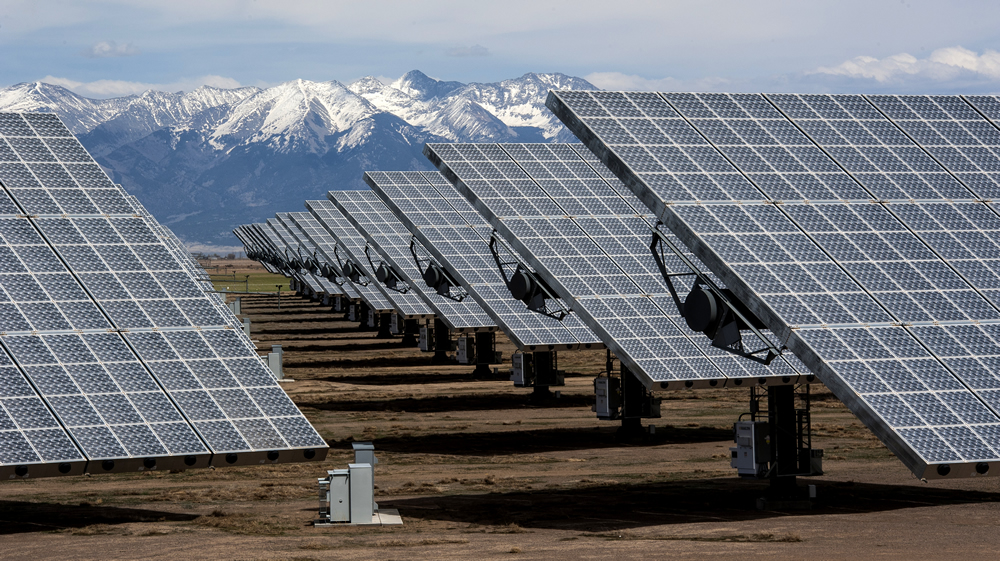March 19, 2014

A new National Renewable Energy Laboratory (NREL) report finds that parabolic troughs and receiver towers deliver similar value for CSP plants.
The report, “Estimating the Performance and Economic Value of Multiple CSP Technologies in a Production Cost Model,” compares dry-cooled towers with dry-cooled troughs at the same annual capacity (1.2 terawatt-hours), and with comparable levels of thermal storage. It finds that the two technologies produce different production patterns when measured over daily and seasonal time scales, but both operate at 70 percent capacity factor and the total value to the grid is similar. Annual operational savings, relative to fossil fuel plants, run 3.6 percent for towers and 3.7 percent for troughs, at today’s prices for coal and natural gas.

Receiver towers, gathering sunlight with three-axis heliostats, offer a flatter production curve than single-axis troughs do. Troughs peak at mid-summer, while towers generate roughly the same level of power year-round.
Lead author Jennie Jorgenson noted, “We found additional benefits for six to nine hours of storage, but rapidly diminishing benefits for greater than nine hours of storage.”
The NREL report, funded through the U.S. Department of Energy’s Office of Energy Efficiency and Renewable Energy in support of its SunShot Initiative, provides quantitative results in a Colorado test system. It demonstrates that CSP plant configurations can be analyzed using traditional production cost models. NREL has begun a similar analysis for California, assuming 40 percent penetration of renewables within that state.
“For both conventional and renewable energy systems, low levelized cost of energy does not necessarily reflect these systems’ total value to the grid,” Jorgenson said. “So, providing tools that utilities and grid operators are familiar with can lead to more informed decision-making as greater levels of renewable energy penetrate the market.”




